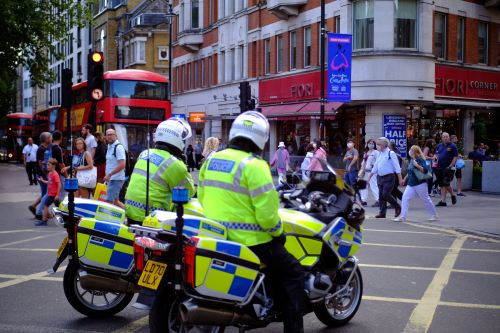Employment protections to be stripped
- David Burton
- Blog
 Workers should feel threatened. The National led government is planning to continue its programme of reducing employment protections for workers this year. It follows a direction by the government last year of requiring public service departments to identify savings of between 6.5 to 7.5 percent. Workers bore the brunt of those cuts.
Workers should feel threatened. The National led government is planning to continue its programme of reducing employment protections for workers this year. It follows a direction by the government last year of requiring public service departments to identify savings of between 6.5 to 7.5 percent. Workers bore the brunt of those cuts.
It would seem that the new Trump administration is following a similar approach. On becoming President, Donald Trump set up a new advisory body creatively named the Department of Government Efficiency (DOGE) tasked with cutting US government jobs and other spending. It seems to be fronted by the world's richest man, Elon Musk, as he seeks to weed out what he considers to be taxpayers' money being wasted.
It is understood that almost all federal employees were offered a “deferred resignation” proposal in exchange for financial incentives, such as months of paid leave, for employees who chose to leave their jobs in February. Although this was then stopped by a federal judge, the Office of Personnel Management confirmed that about 75,000 federal employees had already accepted the offer.
There have also been wide-ranging layoffs of almost all probationary employees (those generally in their job for less than a year). According to the Office of Personnel Management about 220,000 federal employees had been in their job less than a year.
More recently, federal government employees have been receiving emails, sent from the Office of Personnel Management asking employees to send approximately five bullet points listing what they accomplished during the week, and to copy in their managers. The email requested that employees not send any classified information, links or attachments and to respond by a deadline.
On social media platform X owned by Musk, he wrote “Consistent with President @realDonaldTrump’s instructions, all federal employees will shortly receive an email requesting to understand what they got done last week. Failure to respond will be taken as a resignation.” Finally, a few hours before the midnight deadline, the Office of Personnel Management confirmed that federal workers would not be fired if they did not respond.
RNZ calculates that 9520 roles have been cut from the New Zealand public service (based on figures from statement released by Ministries and the PSA). Some of those job cuts have been from roles that had not been filled.
In addition to those job cuts, last year the government reintroduced a trial period for all employers enabling them to dismiss a worker within 90 days for no reason, without the worker being able to challenge that dismissal. It also proposed a new “gateway” test which will enable employers to classify workers as “contractors” more easily. Those “contractors” will not be able to exercise minimum entitlements such as the minimum wage, holiday pay and employment protections such the ability to bring personal grievance claims and the labour inspectorate.
So what are workers in New Zealand likely to face this year? Just before Christmas the Minister for Workplace Relations and Safety, Brooke van Velden, announced that more major announcements were likely and that she expects to progress an Employment Relations Amendment Bill early this year. The Minister revealed some of the changes we should expect to be included in this Bill, including:
- Removing the unjustified dismissal protections for employees with a yearly salary exceeding $180,000. Although “high income” earners will now be able to be dismissed “at will” (for no reason) they will be pleased to know that this figure excludes benefits (such as a car or health insurance) or incentives (such as bonuses). Maybe they should negotiate mortgage protection insurance as part of their benefits package should they lose their job for no reason.
- Changes to how the Employment Relations Authority assesses contribution (how much the employee may have contributed to their dismissal). These include removing eligibility for any remedies where an employee’s behaviour amounts to serious misconduct; removing the remedies of reinstatement and compensation for hurt and humiliation where the employee has contributed to the grievance; and requiring an assessment on whether an employee’s behaviour obstructed the employers ability to meet their obligations (whatever that may mean).
The reality is that the Employment Relations Authority already does a pretty good job of assessing any contribution an employee may have made to their dismissal in assessing appropriate remedies.
One could argue that the government’s attack on workers rights and protections is largely symbolic and designed to please their voter base. Or one could argue that it is an attack on those most vulnerable in New Zealand’s workforce, and designed to please the government’s voter base. Oh dear, business likes certainty! What is certain is that like Trump the Minister is creating uncertainty, and like Trump lawsuits will follow. Read more....




